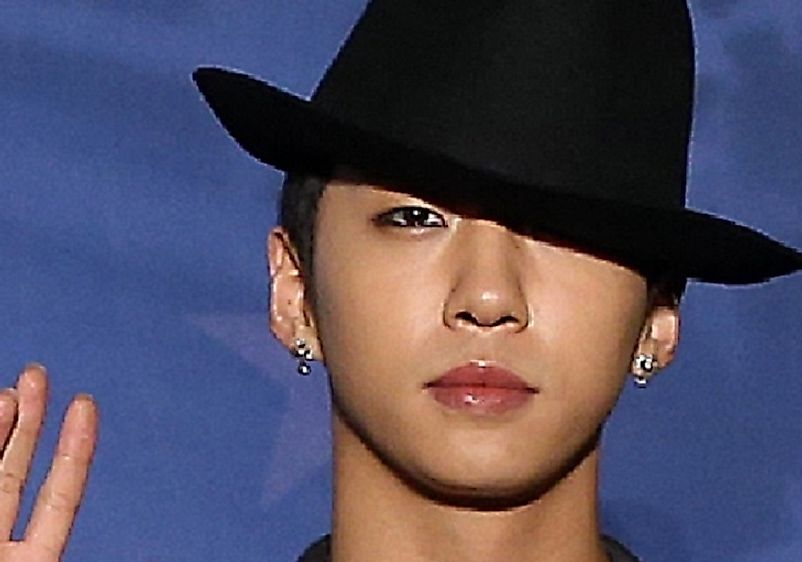K-Pop, J-Pop, And C-Pop Music And Dance

5. Pop Music in Developed East Asian Nations -
K-Pop is short for Korean pop, and is a musical genre originating in South Korea. The term is often used to describe the modern forms of pop music in the country and the various styles that come with it. Initially, the different styles were used as an experiment, but they have brought immense changes to the pop industry. The K-pop music has grown popular after its spread into the Japanese market in the 21st Century. J-pop (Japanese pop) developed in Japan’s music industry in the 1990s but its roots can be traced back to the early 1960s pop and rock music. It was named Japanese pop so that it can be distinguished from other foreign forms of music. C-Pop is the Chinese popular music, a genre of music defined by artists from China, Taiwan, and Hong Kong. There are three main subgenres within this genre, namely including the Cantopop, the Mandopop, and Hokkien Pop.
4. Origins and the Role of the Post-WWII U.S. Military Presence -
The Second World War occurred in the period when the use of mass media had just recently been widely incorporated, and various songs were listened to by the soldiers in combat as it motivated them to fight on in the home front. Music composed at the time were composed depending on the situation at hand and as a mode of spreading music. Western culture was introduced in Korea after the Second World War by the US troops who were left in the region for protection against the Japanese Army. Western music mainly American grew popular and was accepted by the locals in South Korea.
3. Spread and Development -
Historically, the Korean pop music was first known to have developed in late 1800s when an American missionary offered music classes in the country which incorporated both American and British folk songs. The Japanese rulers confiscated the traditional songs used by the Koreans to communicate but over the years they were back in the market. The Japanese popular music, on the other hand, originated from the Meiji and Taisho period ranging from 1868 to 1928. The J-pop was influenced by western genres like jazz and blues, which led to the use of western musical instruments and techniques. The Chinese popular music was associated with the Chinese dialects but it included all the contemporary music in the country. Major influences on the C-pop music were evidenced from 1920 when jazz music was introduced in the country. Amalgamation of the various western music and the Chinese folk songs has been a major advancement in the music industry in China.
2. Notable Artists, Past and Present -
There are several artists whose contributions to the music industry have led to various developments and significanr adaptations in the pop music scene of East Asia. Some of the C-pop artists are Teng Teresa, Zhou Xuan, and Bai Guang among others, which are also popular among J-pop listenerss. Some of the J-pop artists are Ayumi Hamasaki and the Southern All Stars, while some of the K-pop artists include Alexander Lee Eusebio and Bang Yong.
1. Cultural Uniqueness and Cross-Cultural Connections -
Pop music in various East Asian Nations has immensely grown over the years due to the influences of Western music forms, such as Jazz after World War II and Hip Hop in contemporary times. The music holds many cultural differences as they were used for communication among the various residents of the particular region. This ensured the maintenance of the customs, traditions, and the secrets of the topic at hand. It also showed their way of life, what they take pride in as well as interrelationships between several cultures.











